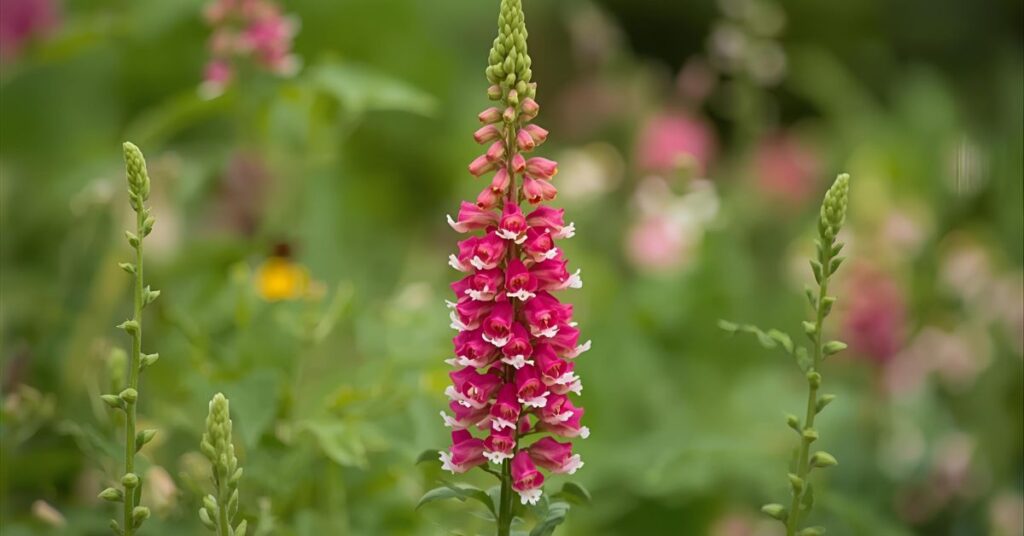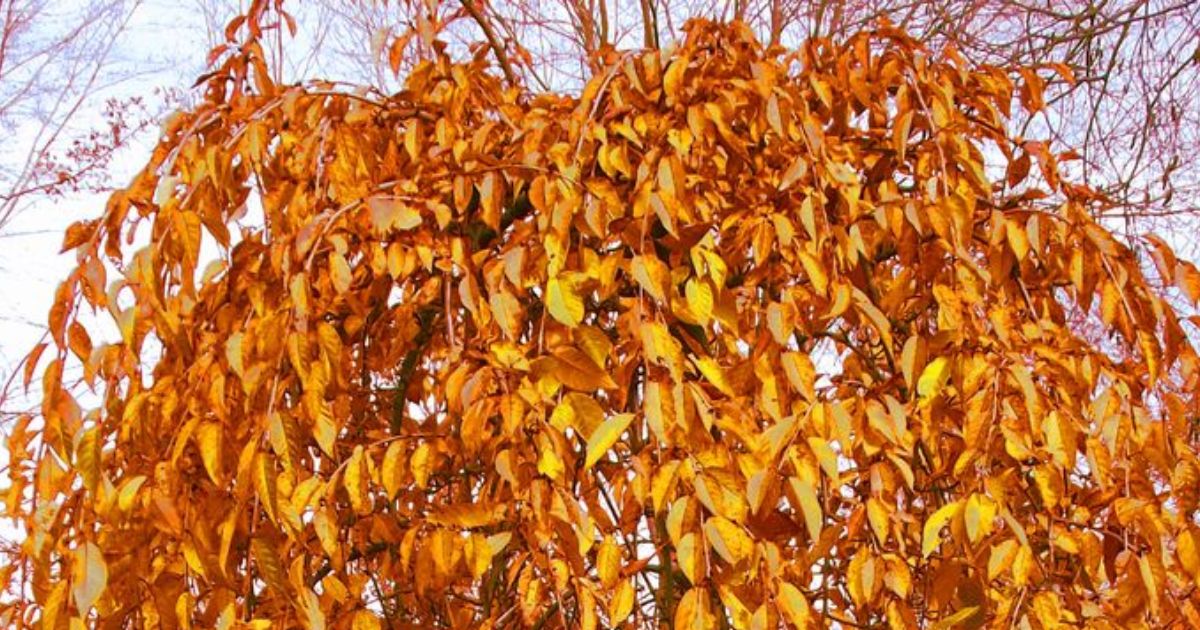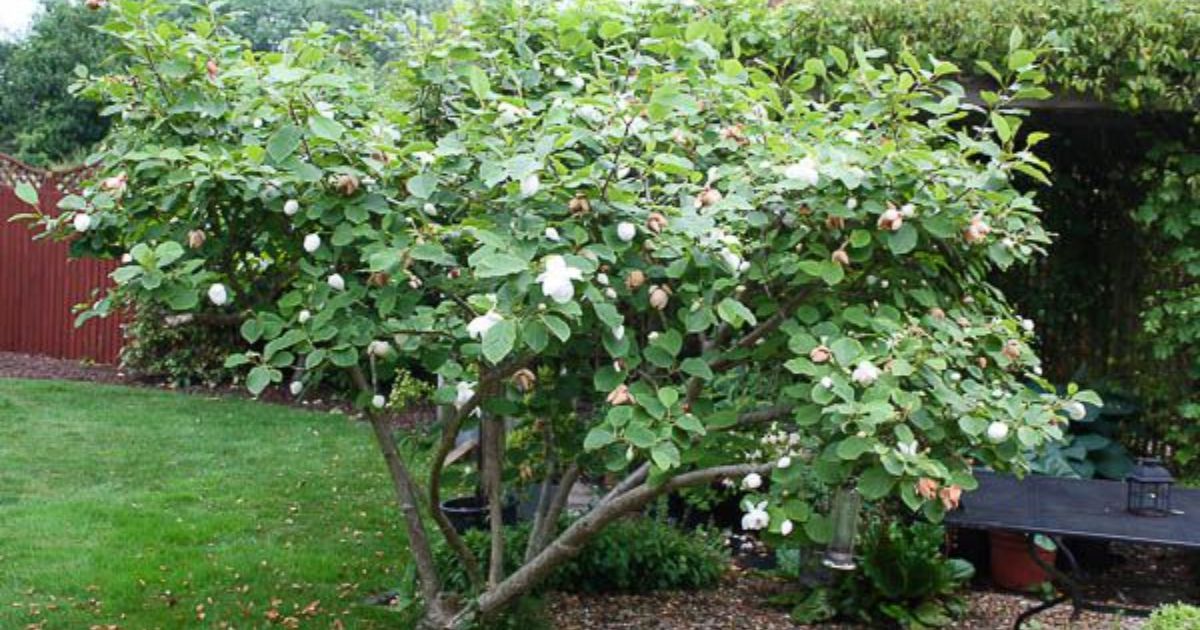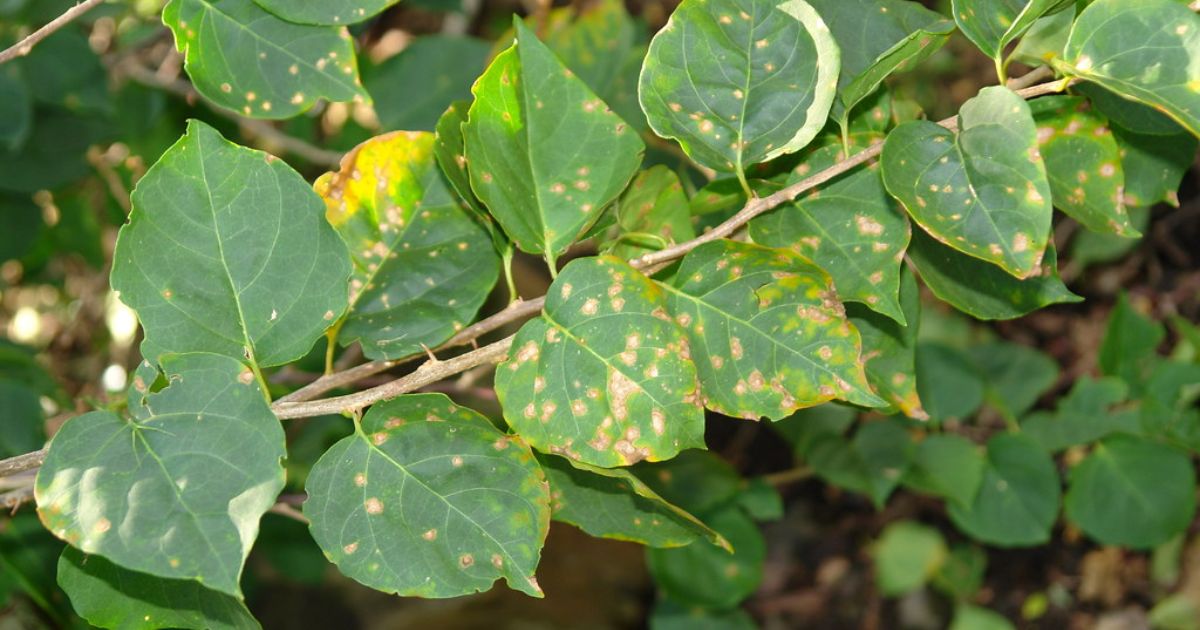Antirrhinum flowers, commonly known as snapdragons, are beloved for their vibrant colors and unique, dragon-shaped blooms that instantly brighten any garden or floral arrangement. Whether you are an expert plant aficionado or a novice gardener, understanding the proper care of these charming flowers is essential for ensuring healthy growth and long-lasting blooms. In this guide, we will share Antirrhinum Flower Care Tips: How to Grow Healthy Snapdragon Plants, covering everything from sunlight and soil requirements to watering, pruning, and pest management.
With the right attention and care, Snapdragon plants may thrive in a variety of garden settings, offering a stunning display of reds, pinks, yellows, and purples throughout the growing season. By using these professional pointers, you can enjoy flourishing Antirrhinum flowers that not only enhance your garden’s beauty but also provide a rewarding gardening experience year after year.
Outline & Content Sections
Understanding Antirrhinum Flowers
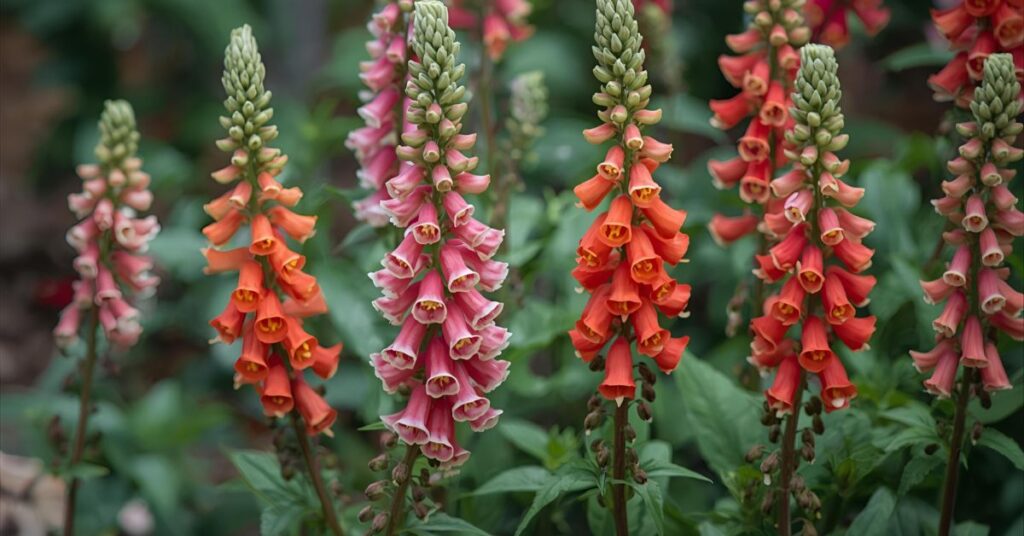
Antirrhinum flowers, commonly known as Snapdragons, are charming and versatile plants that have been a favorite among gardeners for centuries. Their botanical name, Antirrhinum majus, hints at their distinctive “dragon-like” blooms that can open and close when gently squeezed. These resilient plants are indigenous to the Mediterranean region have adapted to various climates and are widely cultivated across the world for their striking appearance and ease of care.
Snapdragons come in a wide range of Antirrhinum flower varieties, offering gardeners countless options for color, size, and growth habit. Popular colors include vibrant reds, sunny yellows, soft pinks, pure whites, and deep purples, making them perfect for creating eye-catching garden displays. Some varieties grow tall, ideal for garden borders, while dwarf types are perfect for containers and small spaces.
These versatile flowers are not just for aesthetics—they are also highly practical in gardening. Tall Snapdragons are often used to create stunning garden borders, while medium and dwarf varieties thrive in containers and window boxes. Their long-lasting blooms make them excellent candidates for cut flowers, bringing color and charm indoors. For gardeners looking to start their own plants, growing Antirrhinum from seed is a rewarding way to enjoy a variety of flowers suited to your garden’s unique design.
By understanding the origins, varieties, and uses of Snapdragons, you can better appreciate the beauty and potential of these vibrant blooms and make informed decisions about how to incorporate them into your garden.
Learn the best techniques for preserving vegetables for winter.
Best Growing Conditions for Antirrhinum Flowers
To grow healthy and vibrant Antirrhinum flowers, providing the right growing conditions is essential. These factors—sunlight, soil, and temperature—play a crucial role in ensuring your Snapdragon plants thrive throughout the season.
Sunlight
Snapdragons flourish when exposed to full sun, which encourages strong stems and abundant, colorful blooms. At least six hours of direct sunlight every day is ideal for your garden. In hotter climates, partial shade can be beneficial to protect the flowers from scorching and prevent wilting. Understanding the sunlight requirements for Antirrhinum guarantees that your plants get the ideal amount of light for healthy development and bloom.
Soil
For healthy growth, Snapdragons require well-draining, fertile soil that can retain moisture without becoming waterlogged. A pH range of 6.0 to 7.0 indicates a slightly acidic to neutral soil, is ideal for nutrient absorption. Adding well-rotted manure or organic compost to the soil to enrich it provides additional nutrients and improves soil structure. Choosing the best soil for Antirrhinum flowers and knowing the ideal Snapdragon soil type will help your plants develop strong roots and flourish in any garden setting.
Temperature
Snapdragons prefer cooler temperatures, thriving in the ideal range of 60–75°F (15–24°C). Extreme heat can stress the plants, causing stunted growth, reduced flowering, and in severe cases, wilting. Providing the right temperature conditions for Antirrhinum ensures a longer blooming period and healthier plants that can withstand seasonal changes.
By carefully managing sunlight, soil, and temperature, gardeners can create the perfect environment for Snapdragons, ensuring vibrant, long-lasting blooms and robust plant health.
Planting Antirrhinum Flowers
Proper planting is the first step toward growing healthy, vibrant Snapdragons. Whether you start from seeds or seedlings, careful attention during this stage can make all the difference in plant growth and flowering.
Starting from Seeds vs. Seedlings
Growing Snapdragons from seeds is a rewarding option that allows gardeners to explore a wide variety of Antirrhinum flower varieties. Eight to ten weeks prior to the last anticipated frost, seeds can be planted inside, giving plants a head start for spring planting. Alternatively, using seedlings provides a quicker route to blooms, as young plants are already established and ready for transplanting into your garden. Both approaches work well, and the one you choose may rely on your gardening experience and the time of year.
Plant Spacing
When planting Antirrhinum flowers, proper spacing is essential to ensure good air circulation, reduce disease risk, and enable plants to develop to their greatest potential. Space taller varieties 6–12 inches apart, while dwarf or compact types can be placed slightly closer together. Correct spacing promotes healthier growth and encourages abundant flowering.
Watering After Planting
After planting seeds or seedlings, water the soil thoroughly to help roots establish. Keep the soil consistently moist—but not waterlogged—during the early stages of growth. Regular watering encourages strong root development and prepares the plants for long-term health.
By following this Snapdragon planting guide, you can successfully grow Antirrhinum flowers as either annuals or perennials, depending on your climate, and enjoy a stunning display of vibrant blooms throughout the season.
Watering and Fertilizing Antirrhinum Flowers
Growing healthily and effectively requires proper fertilizer and irrigation vibrant Snapdragons. Knowing when and how to water and feed your plants ensures strong stems, lush foliage, and abundant blooms.
Watering Antirrhinum Flowers
Snapdragons thrive when the soil is kept evenly moist but not soggy. A good rule of thumb is to water when the top 1–2 inches of soil are dry. This encourages deep root growth and prevents stress from drought. Be careful to avoid overwatering, as consistently wet root rot and other issues can be caused by dirt fungal problems that damage the plant. Proper watering of Antirrhinum flowers helps maintain healthy growth and prolongs the flowering period.
Fertilizing Snapdragons
Feeding your Snapdragons at the right time supports strong growth and vibrant blooms. Use a balanced 10-10-10 NPK fertilizer during the vegetative growth phase to promote healthy leaves and stems. Once the plants begin to bloom, transition to a phosphorus-rich fertilizer to promote more abundant and colorful blooms. Regular feeding of Snapdragon plants ensures they reach their full potential, producing stunning flowers all season long.
By combining careful watering with proper fertilization, gardeners can enjoy healthy Snapdragons Antirrhinum that are resilient, colorful, and long-lasting.
Tips for selecting the best strawberry breeds for fresh fruit production.
Pruning and Deadheading Antirrhinum Flowers
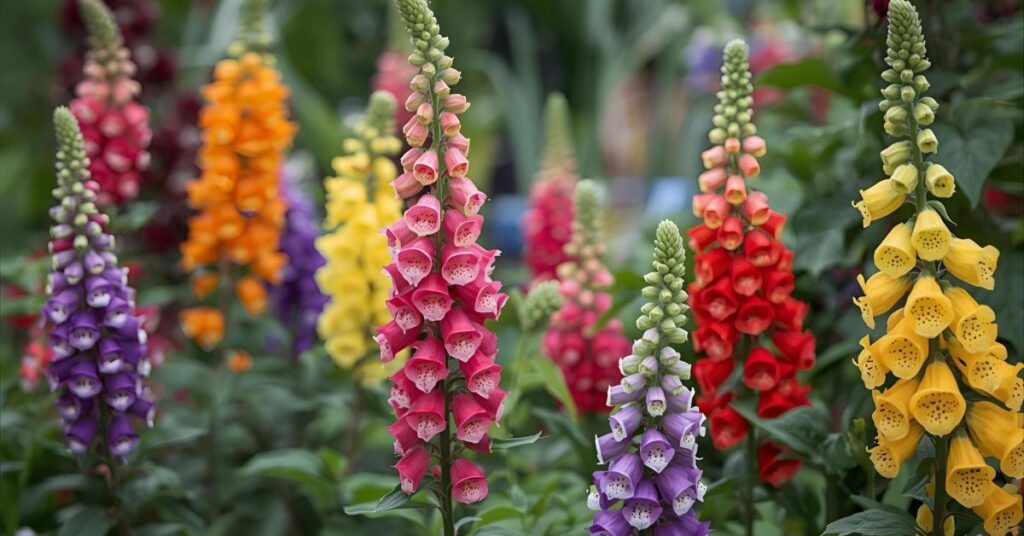
Proper pruning and deadheading are essential practices for maintaining healthy Snapdragons and encouraging continuous flowering throughout the season.
Deadheading Antirrhinum Flowers
One of the simplest yet most effective ways to promote new blooms is to remove spent flowers regularly. By deadheading, the plant diverts its energy away from producing seeds toward producing fresh, vibrant blossoms. By consistently practicing deadheading Antirrhinum, gardeners can extend the flowering period and keep their Snapdragon plants looking full and colorful.
Pruning for Bushiness
For young plants, pinching back the stems encourages bushier growth and stronger stems. This involves gently removing the top portion of the plant when it has developed a few sets of leaves. Pinching helps create a fuller plant that supports more blooms and maintains an attractive garden shape.
Incorporating proper pruning of Snapdragon flowers and regular deadheading into your care routine ensures that your Antirrhinum flowers remain healthy, vigorous, and show-stopping throughout the growing season. Combined with proper planting techniques, such as knowing how to plant Snapdragons, these practices create a strong foundation for thriving garden blooms.
Pest and Disease Management for Antirrhinum Flowers
Even healthy Snapdragons can face challenges from pests and diseases. Proper management helps keep your plants vibrant and ensures a long blooming season.
Common Pests
Antirrhinum flowers are susceptible to several pests, including aphids, spider mites, and thrips. These insects can damage leaves, stems, and flowers, weakening the plant and reducing blooms. Preventing infestations requires early intervention and routine monitoring. Using gentle methods, such as spraying with water or natural insecticidal solutions, can help keep pests under control.
Common Diseases
Snapdragons may also be affected by powdery mildew, rust, and root rot. On leaves, powdery mildew manifests as a white, powdery layer, while rust causes orange or brown spots. Root rot occurs in overly wet soil and can kill the plant if untreated. Maintaining proper soil drainage, spacing, and airflow are critical preventive measures.
Natural Solutions
For eco-friendly care, natural remedies like neem oil can successfully eradicate pests without endangering beneficial insects. Ensuring proper spacing between plants and providing good airflow reduces humidity and lowers the risk of fungal diseases.
By understanding common Antirrhinum flower pests and Snapdragon plant diseases, and applying natural solutions, gardeners can enjoy healthy, flourishing blooms. Proper pest and disease management also helps determine whether antirrhinum perennial in your climate, as stress from pests and disease can affect their longevity.
Seasonal Care Tips for Antirrhinum Flowers
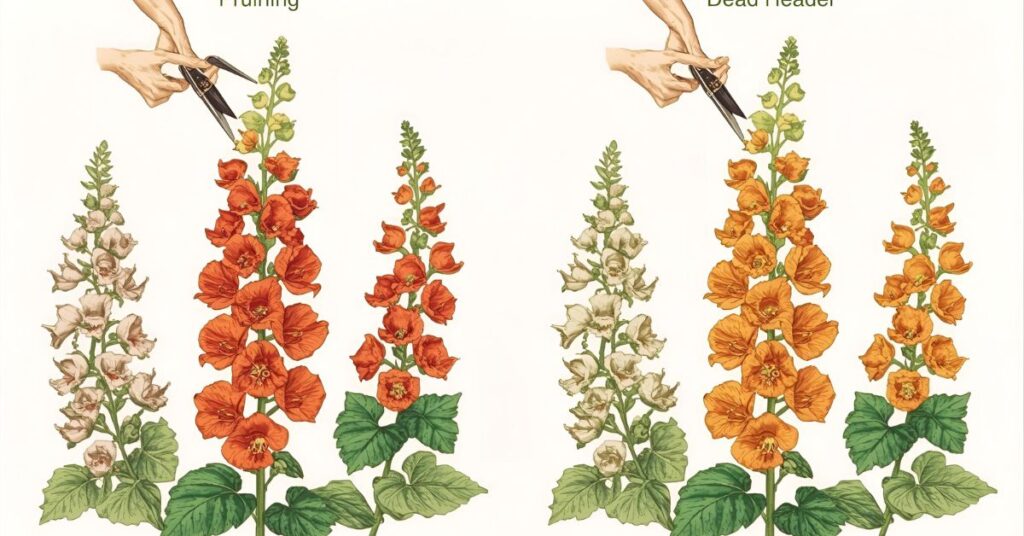
Caring for Snapdragons throughout the year ensures that your Antirrhinum flowers remain healthy, vibrant, and long-lasting. Understanding seasonal needs allows gardeners to maximize blooms and prepare plants for changing conditions.
Spring and Summer: Peak Flowering Season
The best seasons to plant Snapdragons are spring and summer. During this time, plants require consistent watering, regular fertilization, and deadheading to promote continuous blooms. Providing full sun and maintaining proper soil conditions helps your Snapdragons reach their full potential. This period is ideal for enjoying the colorful display of your growing Antirrhinum flowers year-round.
Fall: Preparing for Winter
As the growing season winds down in fall, it’s important to cut back your Snapdragon plants to prepare them for colder months. Removing old stems and trimming spent flowers encourages healthy regrowth in the following season and reduces the risk of disease. In areas where winters are mild, Snapdragons can occasionally behave as perennial plants, surviving to bloom again next year with proper care.
By following these seasonal care tips for Antirrhinum, gardeners can enjoy vibrant flowers during the peak season and ensure plants are well-prepared to thrive in the following year, whether grown as annuals or perennial Snapdragons.
Companion Planting Ideas for Antirrhinum Flowers
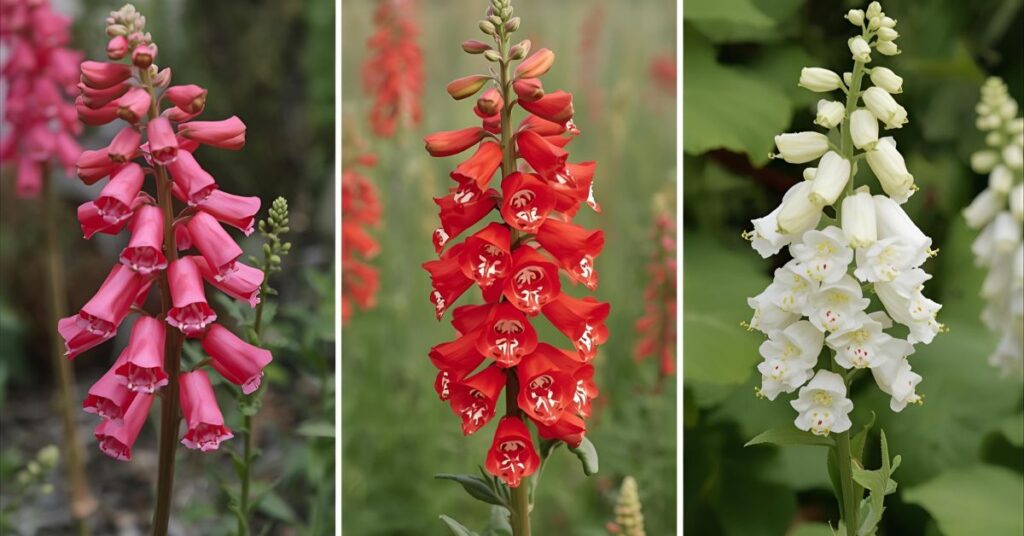
One of the best ways to enhance your garden’s beauty and promote healthy growth is through strategic companion planting. Snapdragons pair exceptionally well with several other flowering plants, creating a visually appealing and balanced garden design.
Best Companion Plants
Consider planting Snapdragons alongside marigolds, petunias, or pansies. Marigolds not only add vibrant color but also help deter common garden pests, creating a healthier environment for your Snapdragons. Petunias and pansies complement the vertical growth of Antirrhinum flowers with their low-to-medium height and a variety of colors, enhancing overall garden aesthetics.
Benefits of Companion Planting
Combining Snapdragons with these companions improves the Antirrhinum garden design, creating a layered, colorful look that is pleasing to the eye. Additionally, companion plants like marigolds naturally repel pests, reducing the use for pharmacological therapies and encouraging the growth of Snapdragons. Strategic planting also promotes better airflow between plants, which supports healthy growth and reduces disease risks.
By thoughtfully selecting Snapdragon companion plants, gardeners can enjoy a stunning, low-maintenance garden that highlights the beauty of Antirrhinum flowers while promoting plant health and resilience.
Conclusion
Growing healthy and vibrant Antirrhinum flowers doesn’t have to be complicated. By providing the right care—including adequate sunlight, well-draining soil, proper watering, regular pruning, and effective pest control—gardeners can enjoy flourishing Snapdragons that brighten any garden. These versatile flowers not only add stunning color but also thrive in a variety of garden settings, from borders and containers to cut flower arrangements.
Regardless of your level of gardening experience, following these essential Antirrhinum flower care tips ensures strong growth, abundant blooms, and long-lasting beauty. Don’t wait—start your Snapdragon garden today and enjoy colorful, healthy Antirrhinum flowers!
FAQs:
1. How often should I water Antirrhinum flowers?
Water Snapdragons when the top 1–2 inches of soil are dry. Steer clear of overwatering, because root rot and plant weakness may result from this.
2. What type of soil is best for Antirrhinum flowers?
Snapdragons grow best in well-draining, fertile soil with a slightly acidic to neutral pH (6.0–7.0). Composting can enhance the structure and fertility of the soil.
3. How much sunlight do Snapdragons need?
Full sun is ideal for vibrant blooms, though in hotter climes, partial shade can help avoid heat stress and wilting.
4. Are Antirrhinums perennial plants?
Snapdragons are typically grown as annuals in colder climates, but in mild or frost-free regions, they can behave as perennial plants and bloom for multiple seasons.
5. How can I encourage more blooms on my Snapdragons?
Regularly deadhead spent flowers, pinch back young plants to promote bushiness, and provide balanced fertilizer during growth and high-phosphorus fertilizer during flowering.
6. What are common pests and diseases for Antirrhinum flowers?
Common pests include aphids, spider mites, and thrips. Diseases may include powdery mildew, rust, and root rot. Natural solutions like neem oil, proper spacing, and good airflow can help prevent these problems.

